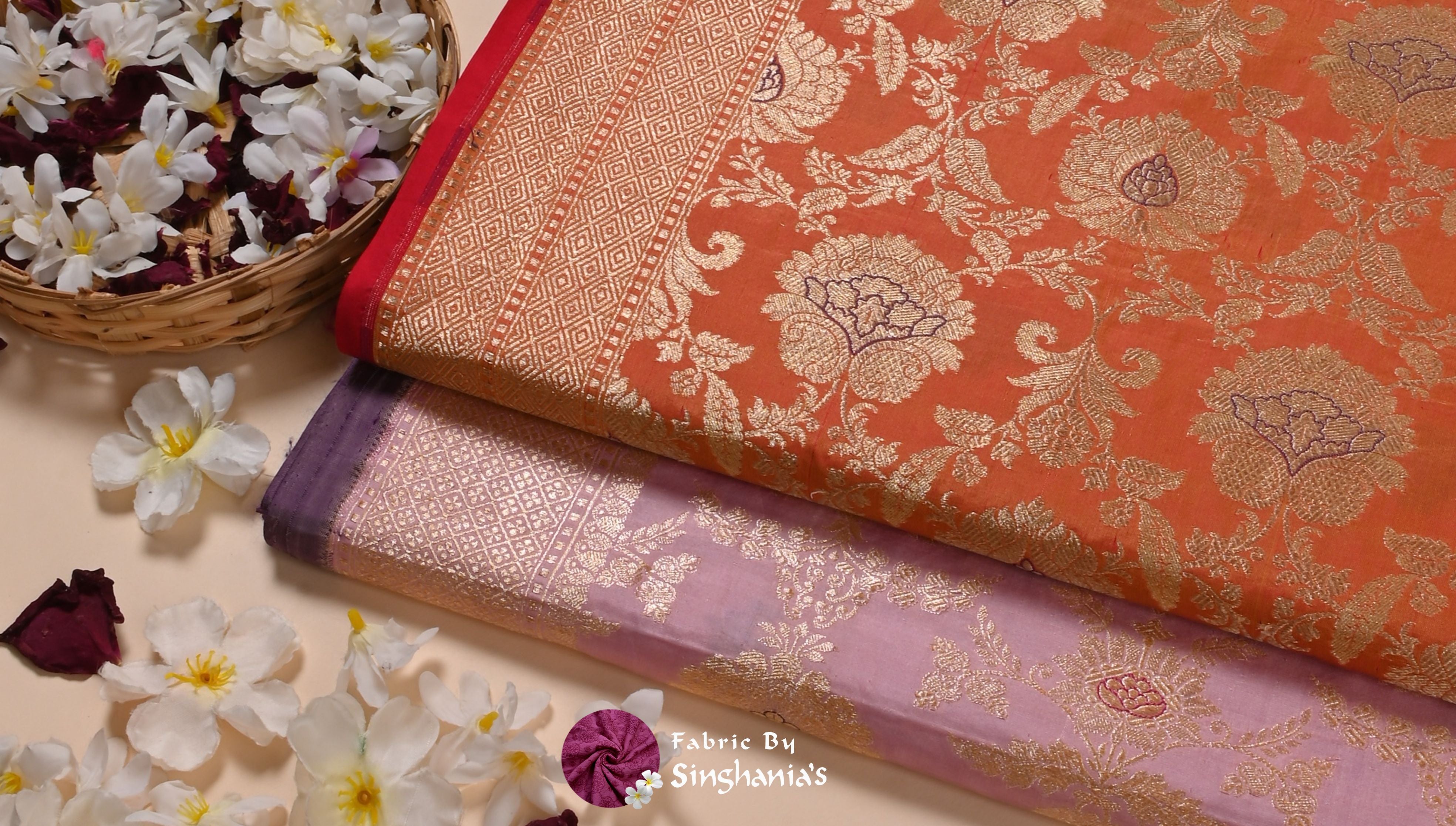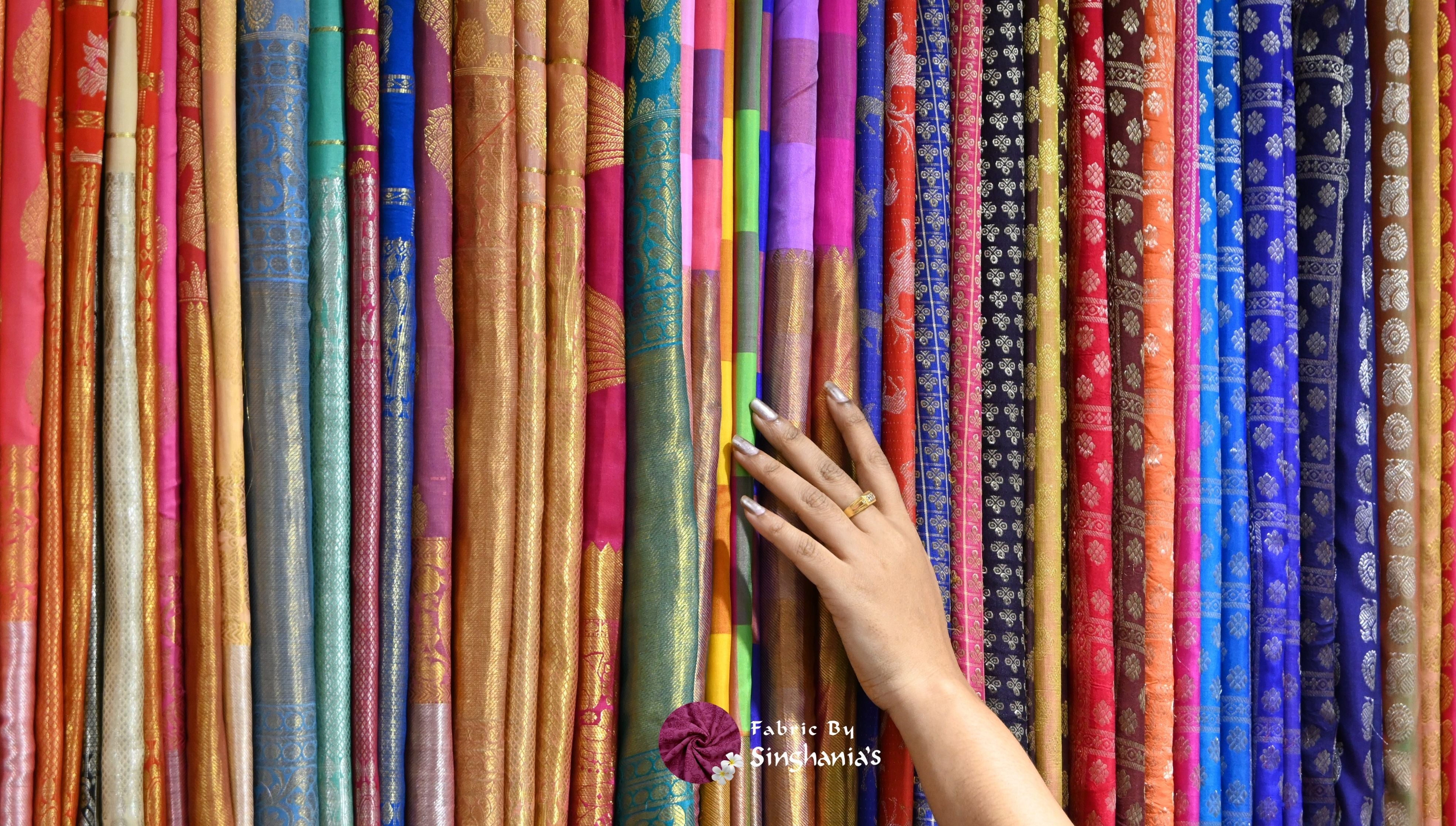Fashion is an art, and like any other art form, it thrives on creativity and innovation. One of the most exciting ways to express your personal style is through mixing and matching different patterns and textures in your outfits. While it might seem hard at first, with a few guidelines and a bit of practice, you can create stunning looks that showcase your unique fashion sense. In this article, we’ll explore the fundamentals of mixing and matching patterns and textures, offering practical tips and examples to help you become a pro.
Before diving into mixing and matching, let's define what we mean by patterns and textures in fabrics.
Patterns refer to the designs on the fabric. Common patterns include:
- Stripes: horizontal, vertical, or diagonal lines.
- Polka Dots: Round dots of varying sizes.
- Checks: overlapping horizontal and vertical lines in different colors.
- Floral: flower and plant motifs.
- Geometric: shapes like squares, triangles, and hexagons.
- Animal prints: patterns that mimic animal skins, like leopard or zebra.

Textures relate to the feel and appearance of the fabric surface.
-
Smooth: fabrics like silk and satin.
- Rough: fabrics like tusser and raw silk.
- Shiny: fabrics like tissue and shimmer
- Matte: fabrics like cotton and linen.
-
Sheer: fabrics like net and organza.
- Ribbed: fabrics like velvet.
Tips for Mixing and Matching Patterns
Start with a neutral base: When mixing patterns, it’s helpful to start with a neutral base. This could be a solid-colored garment or a pattern in a neutral color like black, white, beige, or grey. Neutrals act as a canvas that allows other patterns to shine without overwhelming the look.
Stick to a Color Palette: Choosing a color palette can help unify your outfit. Select a few colors that complement each other, and ensure the patterns you pick include these colors. This way, even if the patterns are different, the shared color scheme will tie them together.
Vary the Scale of Patterns: To avoid a messy look, mix patterns of different scales. For example, pair a large floral print with a smaller geometric pattern. This contrast creates visual interest without clashing.
Use Simple Patterns as Anchors: Simple patterns like stripes, polka dots, or basic geometric shapes can serve as anchors for more complex patterns. They provide a structured background that balances out bolder, more intricate designs.
Limit the Number of Patterns: While mixing patterns can be fun, it’s best to limit the number to two or three in a single outfit. Too many patterns can create a busy and overwhelming look. Aim for a balanced mix that feels classy and pleasant.
Tips for Mixing and Matching Textures
Combine Different Fabric Types: Mixing different fabric types can add depth and richness to your outfit. For instance, pair a banarasi bandhini fabric as a dupatta with a dyeable chikankari or an embroidery organza lehenga with a floral-printed raw silk blouse. The contrast in textures creates a dynamic and visually appealing ensemble.
Balance Heavy and Light Fabrics: Combining heavy and light fabrics can create a balanced look. For example, wear a light, airy blouse with a heavy embroidery lehenga. This balance prevents the outfit from feeling too weighted or too lightweight.
Incorporate Textured Accessories: Accessories are a great way to introduce texture into your outfit. A velvet scarf or a shimmer overcoat will enhance your overall look. Textured accessories can also help tie together different fabric types within your outfit.
Use Texture to Highlight Features: Strategically placing textured pieces can highlight your best features. For instance, a textured top can draw attention to your upper body, while textured pants can emphasize your legs. Use texture to direct the eye and create flattering proportions.
Examples of Mixing Patterns and Textures
Casual Day Out: For a casual day out, try pairing a striped rawsilk embroidery long top with a floral skirt. Choose a skirt that includes one of the colors from the top for a cohesive look.
Office Chic: Create an office-appropriate look by mixing a linen check blazer with a polka-dot blouse. Keep the color palette neutral, such as black, white, and grey. Pair with tailored trousers and leather loafers. The mix of patterns is sophisticated yet fun, while the textures of the fabrics keep the look polished.
Evening Elegance: For an evening event, pair a sequined organza top with a velvet skirt. Both pieces have rich textures, but the sequins add sparkle while the velvet provides a luxurious feel. Complete the look with satin heels and a metallic clutch.
Weekend Party: For a weekend party vibe, the shimmer pattern of the dress is playful, while the thick texture of the cardigan adds coziness. Accessorize with a woven straw hat and leather sandals.
Why Fabric by Singhania's is the Best for Mixing and Matching
Mixing and matching patterns and textures is a fantastic way to express your personal style and create eye-catching outfits. By following these guidelines and experimenting with different combinations, you can master this art and make a fashion statement. And remember, for the best fabrics, Fabrics by Singhania's offers a stunning range of high-quality options. So go ahead, glam up your creativity, and have fun with fashion!
Fabric by Singhania's is a top choice. We have a variety of fabric collections in different bold patterns, rich textures, and elegant basics. We offer a wide range of high-quality fabric options to suit your needs. Our fabrics are known for their excellent quality, durability, and beautiful designs. Our fabrics are perfect for experimenting with mixing and matching, ensuring that your outfits are always stylish and unique.







